Parisian Pairs: A Stroll Through History
Join us for a free walking tour that unveils the charm of Paris, exploring hidden gems and iconic landmarks while enjoying the city's vibrant culture.
Time
3 Hours
Stops
9 Places
Distance
4.7 km
Parc de Bercy
Begin your tour with a stroll through Parc de Bercy, a beautiful urban park offering a peaceful retreat with its gardens, ponds, and modern sculptures.
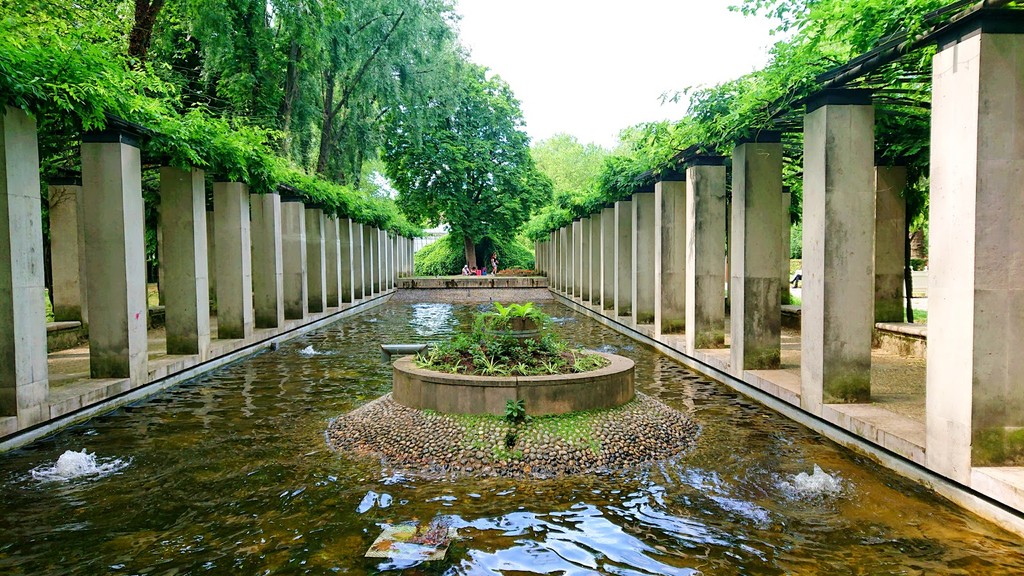
Parc de Bercy (Source: Google Maps)
Parc de Bercy is a serene urban oasis in the heart of Paris, designed by landscape architect Philippe Starck. Opened in 1997, it features beautifully landscaped gardens, tranquil ponds, and modern sculptures that harmonize with nature. The park's design incorporates remnants of the former Bercy wine warehouses, showcasing the area's historical significance in the wine trade. Visitors can enjoy the lush greenery, art installations, and peaceful pathways, making it a perfect spot for relaxation and reflection amidst the bustling city.
Bercy Village
Continue to Bercy Village, a vibrant cultural and shopping area where you can enjoy a coffee at one of its many charming cafes.

Bercy Village (Source: Google Maps)
Cour Saint-Émilion
Just a short walk from the park, explore Cour Saint-Émilion, a charming area with cobblestone streets and historical wine warehouses turned into shops and cafes.
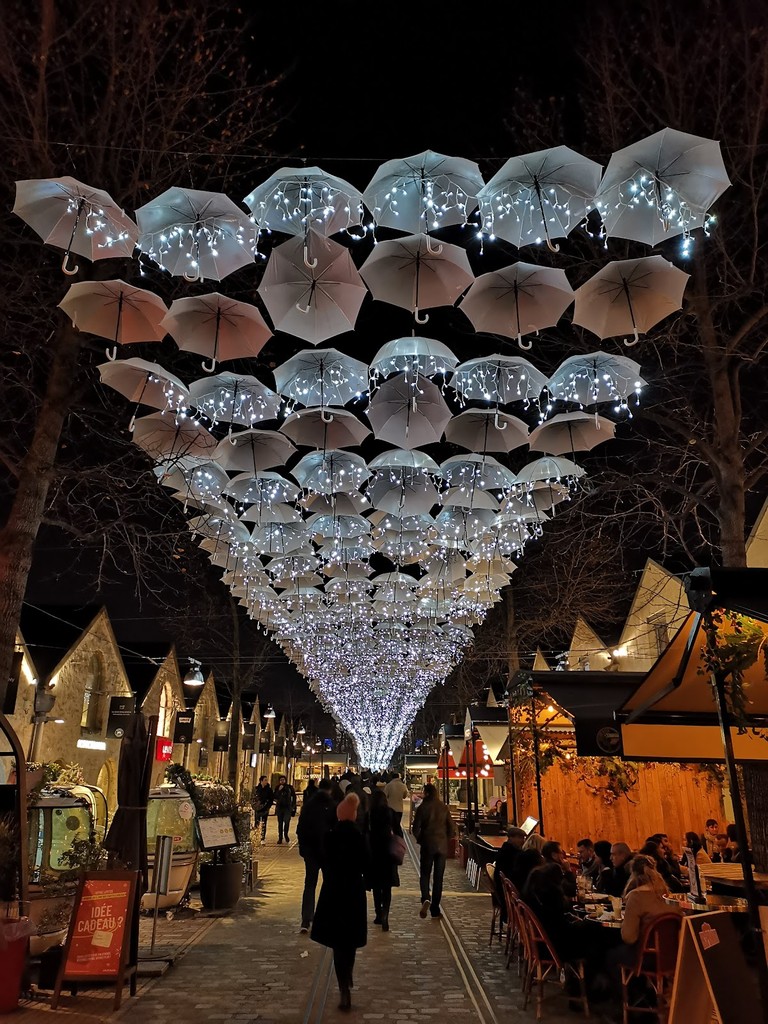
Cour Saint-Émilion (Source: Google Maps)
Cour Saint-Émilion is a charming area that captures the essence of Paris's wine heritage. Once bustling with wine merchants, this historic courtyard has transformed into a delightful pedestrian zone lined with quaint shops and cafes. The cobblestone streets and vintage architecture evoke a sense of nostalgia, inviting visitors to explore its rich past. The area is named after the Saint-Émilion wine region, known for its exceptional Bordeaux wines. Today, Cour Saint-Émilion offers a unique blend of history and modernity, making it a popular destination for locals and tourists alike.
Cinémathèque Française
Discover the Cinémathèque Française, a must-visit for cinema enthusiasts, housing an extensive collection dedicated to film history.
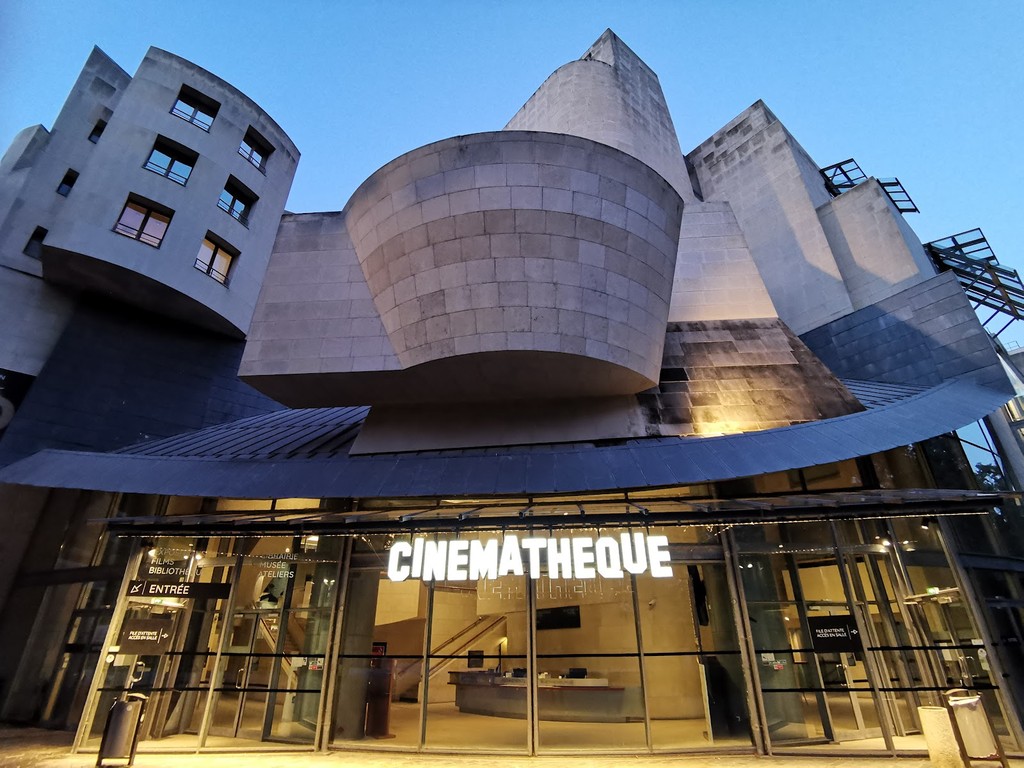
Cinémathèque Française (Source: Google Maps)
The Cinémathèque Française is a prestigious institution dedicated to the preservation and promotion of film heritage. Founded in 1936, it houses an extensive collection of over 40,000 films, including silent films, classics, and contemporary works. The building itself, designed by architect Frank Gehry, is a striking example of modern architecture, featuring a dynamic façade that reflects the innovative spirit of cinema. The Cinémathèque hosts screenings, exhibitions, and educational programs, making it a cultural hub for film enthusiasts and scholars. Its commitment to celebrating the art of filmmaking ensures that the history of cinema is preserved for future generations.
Palais Omnisports de Paris-Bercy (Accor Arena)
Visit the Accor Arena, an iconic venue for sports and concerts, known for its striking architecture and vibrant atmosphere.
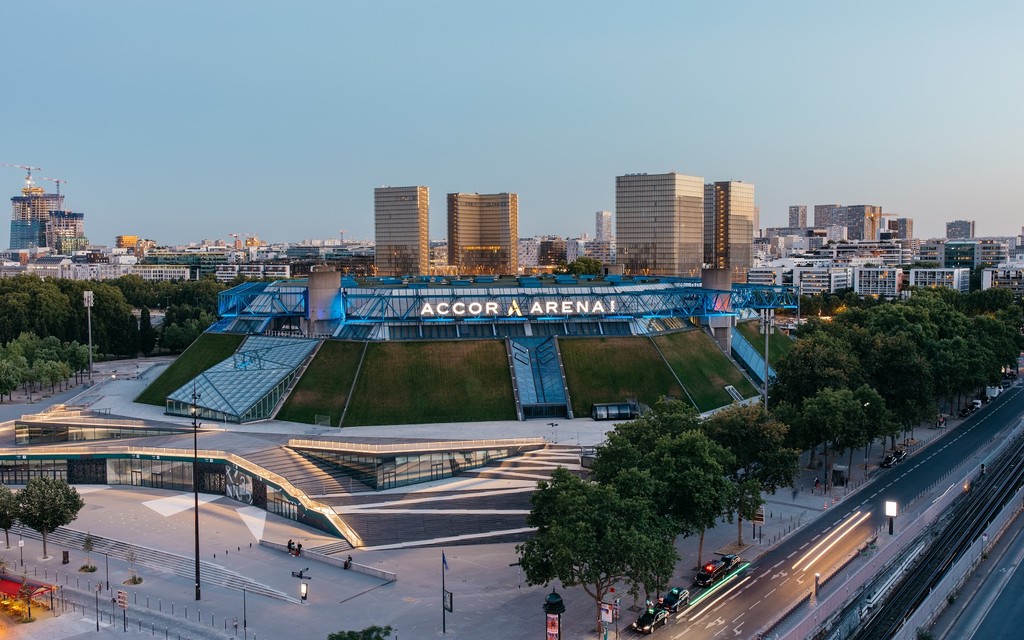
Palais Omnisports de Paris-Bercy (Accor Arena) (Source: Google Maps)
The Palais Omnisports de Paris-Bercy, now known as the Accor Arena, is an iconic venue that has hosted a myriad of events since its opening in 1984. With a seating capacity of over 20,000, it is renowned for its striking architectural design and versatility, accommodating concerts, sports events, and more. The arena's innovative structure allows for a unique viewing experience, ensuring excellent sightlines from every seat. Over the years, it has welcomed some of the biggest names in music and sports, solidifying its status as a premier entertainment destination in Paris. The vibrant atmosphere and state-of-the-art facilities make it a must-visit for anyone seeking to experience the city's lively cultural scene.
Promenade Plantée
Walk along the Promenade Plantée, an elevated linear park built on a former railway line offering a unique perspective of the city.
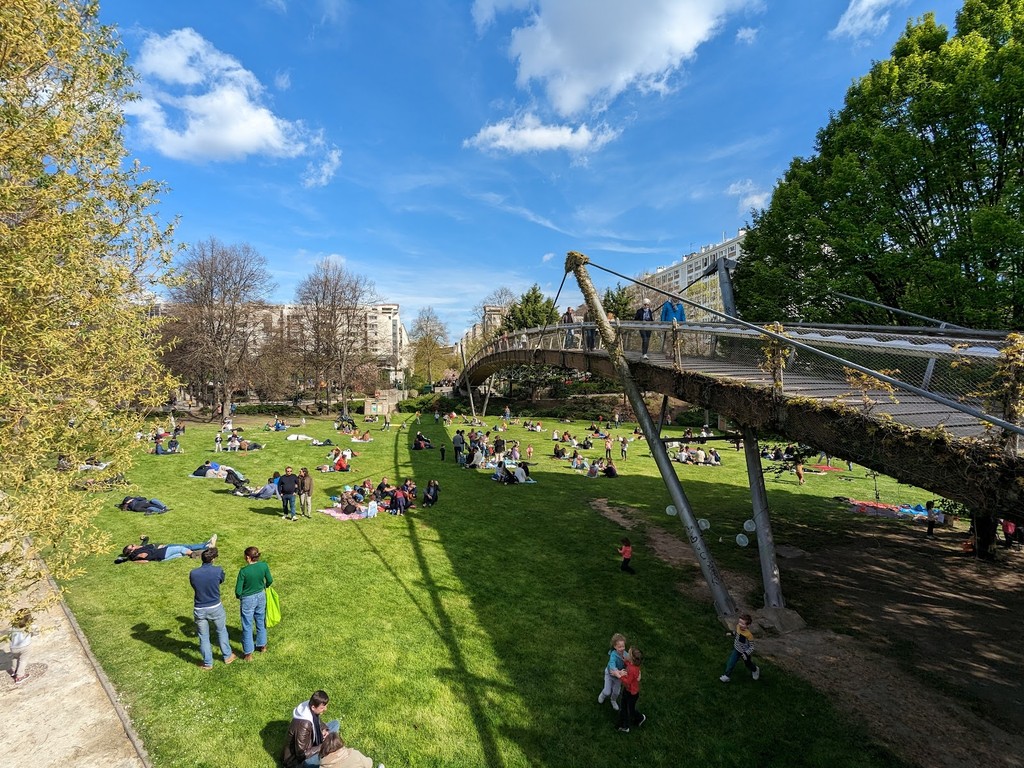
Promenade Plantée (Source: Google Maps)
The Promenade Plantée, also known as the Coulée Verte René-Dumont, is an elevated linear park that stretches over four kilometers through the heart of Paris. Built on a former railway viaduct, it was inaugurated in 1993 and is one of the first examples of a green space reclaimed from urban infrastructure. The park features lush gardens, pathways lined with trees, and stunning views of the city, providing a unique perspective of Paris. Along the route, visitors can discover art installations, charming bridges, and tranquil spots to relax. The Promenade Plantée is a testament to Paris's commitment to green urban spaces, offering a peaceful escape from the city's hustle and bustle.
Opéra Bastille
Adjacent to the square, admire the modern Opéra Bastille, a major opera house in Paris known for its contemporary design and performances.

Opéra Bastille (Source: Google Maps)
The Opéra Bastille, inaugurated in 1989, is a modern opera house that stands as a significant cultural landmark in Paris. Designed by architect Carlos Ott, its contemporary architecture is characterized by a striking glass façade and a spacious auditorium that can seat over 2,700 spectators. The Opéra Bastille is known for its innovative productions and diverse repertoire, featuring both classic operas and contemporary works. The venue is equipped with state-of-the-art technology, ensuring high-quality performances and an immersive experience for the audience. Its location near the historic Place de la Bastille adds to its cultural significance, making it a central hub for the performing arts in the city.
Place de la Bastille
End your tour at the historic Place de la Bastille, a symbolic site of the French Revolution, now a lively square with restaurants and cafes.
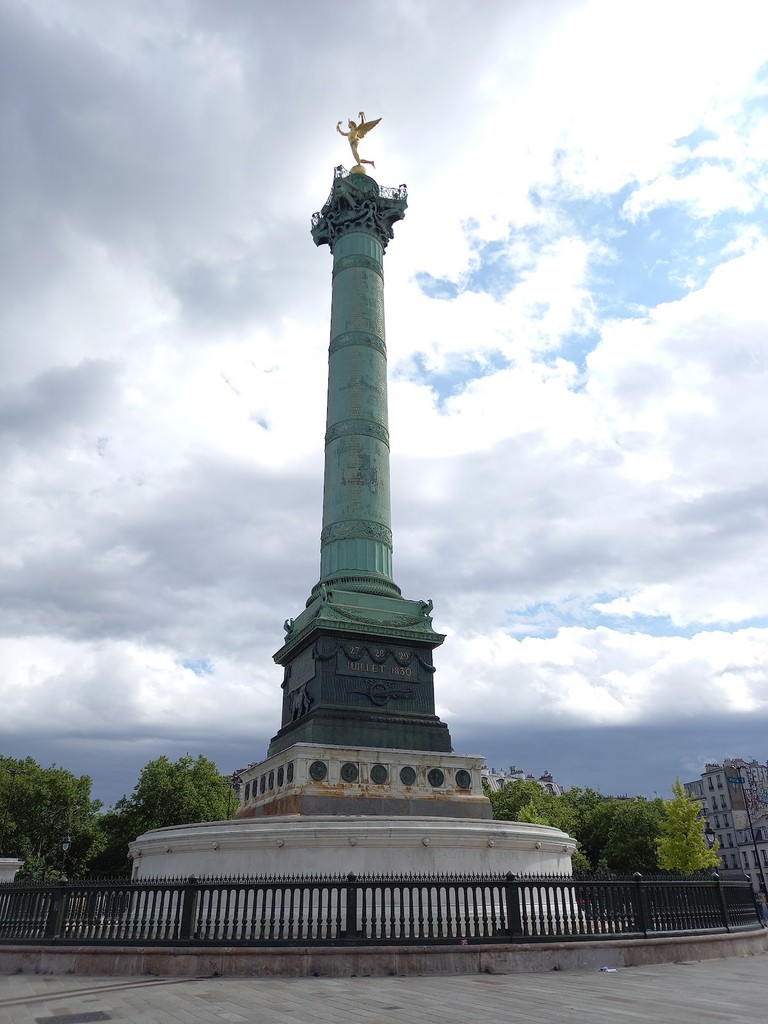
Place de la Bastille (Source: Google Maps)
The Place de la Bastille is a historically significant square in Paris, renowned for its role in the French Revolution. Once the site of the Bastille prison, its storming on July 14, 1789, marked the beginning of the revolution and the fight for liberty. Today, the square is dominated by the July Column, which commemorates the events of the July Revolution of 1830. The area surrounding the Place de la Bastille is vibrant and lively, filled with restaurants, cafes, and shops, making it a popular gathering spot for locals and tourists alike. The square continues to symbolize the values of freedom and democracy, attracting visitors who wish to connect with its rich historical legacy.
Le Calbar
Wrap up the tour with a refreshing drink at Le Calbar, a unique bar known for its creative cocktails and relaxed atmosphere.
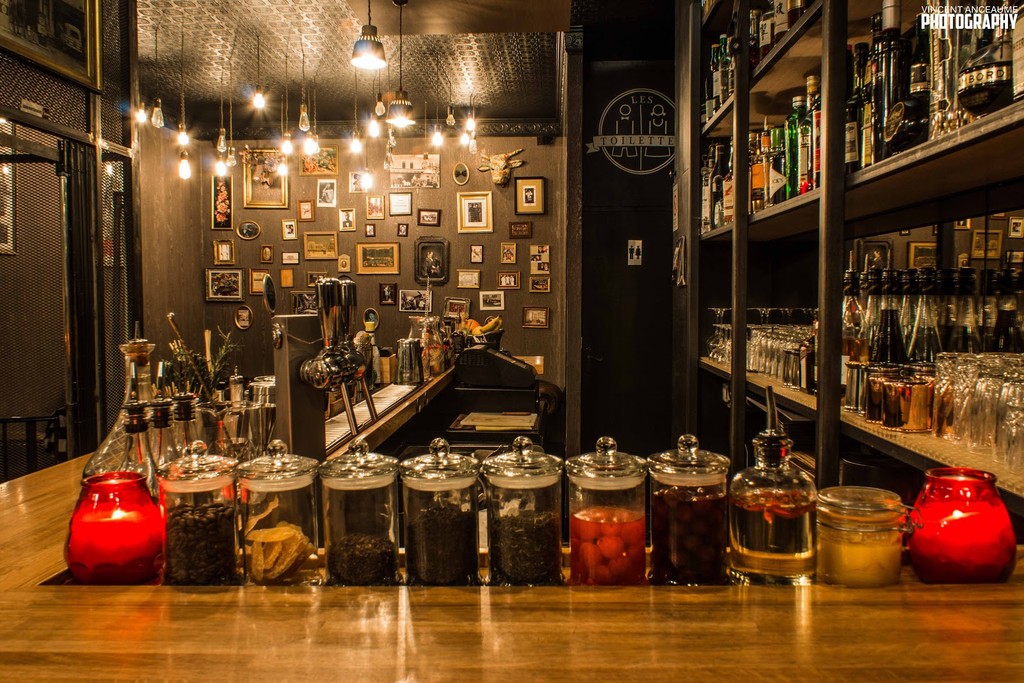
Le Calbar (Source: Google Maps)

Your travels, your rules.
Create your own Free Walking Tours.
Set your preferences, distances and anything you want to do or see.
Completely free, no payment required.